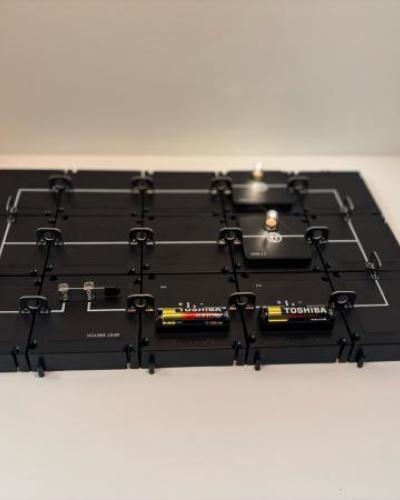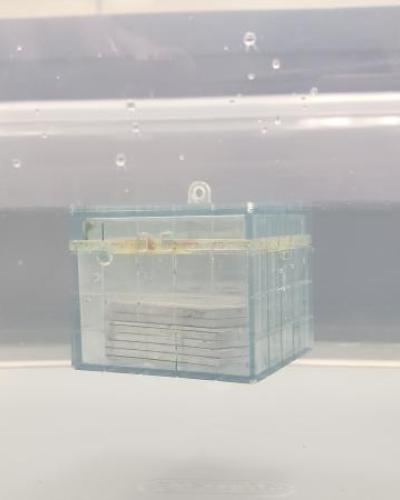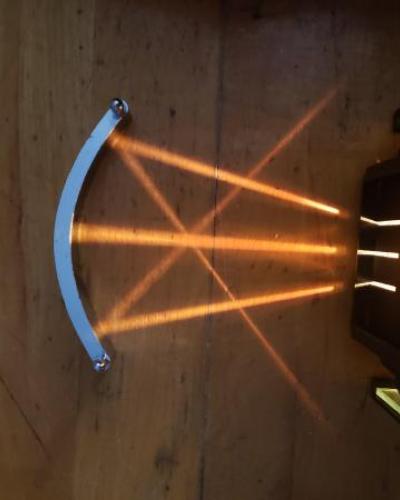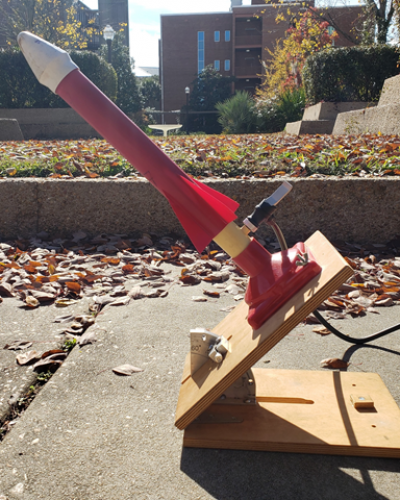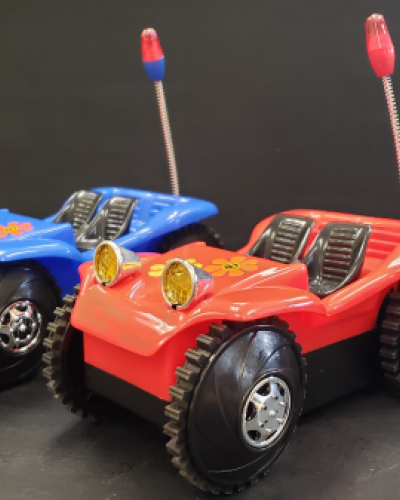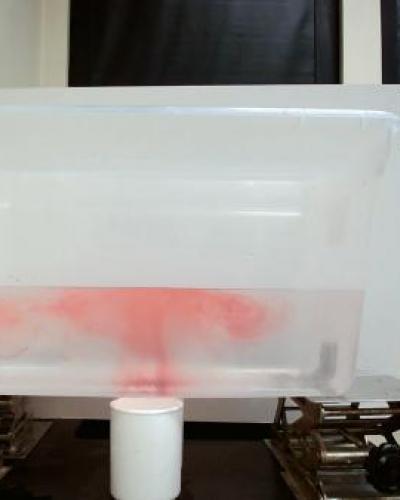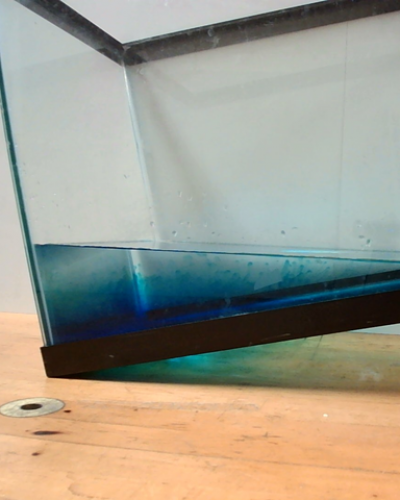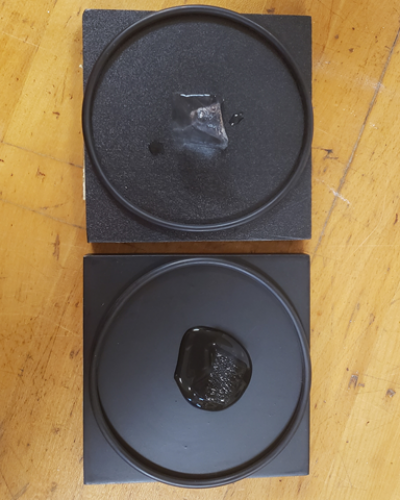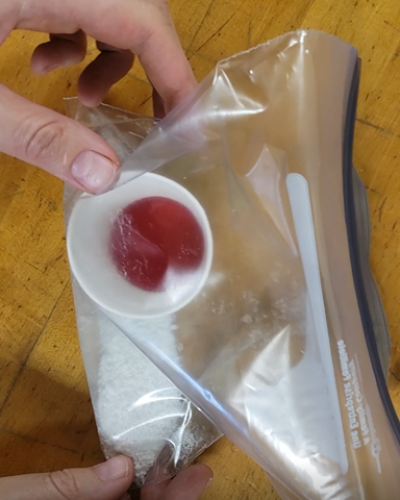Upper Elementary (4-5)
Exploring Circuits
Format: In Person | Grade: Upper Elementary (4-5)
Students explore the basics of electricity by building simple and parallel circuits with the PASCO Modular Circuit Kit. They investigate how electricity flows, why a complete loop is required, and how different setups affect the brightness of light bulbs.
This investigation requires basic knowledge of an electrical circuit.
Keyword(s):
Floating Fractions
Format: In Person, Virtual | Grade: Upper Elementary (4-5), Middle (6-8)
Students use Archimedes Blocks and density calculations to connect visual and numerical representations of fractions.
Access to a water supply is also required.
Keyword(s): Fractions, Math
I See the Light
Format: In Person | Grade: Upper Elementary (4-5), Middle (6-8), High (9-12)
Students use light boxes to explore the effects lenses and mirrors have on the path of light. They then consider the human eye and what it means to be near- or far-sighted.
This investigation requires access to power outlets.
Keyword(s): optics, reflection, refraction
3-2-1 Blast Off
Format: In Person | Grade: Upper Elementary (4-5), Middle (6-8), High (9-12)
A student favorite and beloved tradition in many schools! Students apply their knowledge of experimental design to draw conclusions about the effects launch angle and launch velocity have on the horizontal range of a rocket.
This investigation requires the use of a large open field with an access point for the van.
Keyword(s): Projectile, Kinematics
Sparking Ideas About Uniform Motion
Format: In Person | Grade: Upper Elementary (4-5), Middle (6-8), High (9-12)
Spark timers and toy cars are used to spark student ideas about uniform motion and make connections between physical motion and graphical representation!
This investigation requires basic familiarity with graphical representations of data and access to power outlets.
Keyword(s): Kinematics, Motion, Graphs
You're Oil I Need
Format: In Person, Virtual | Grade: Upper Elementary (4-5), Middle (6-8)
Students use a simple model to consider what happens during an oil spill, making predictions, observations and explanations. Students are surprised by how the oil and water will not mix, however hard they try!
This investigation requires access to a water supply.
Keyword(s): Density, Oil Spills
Stormy Weather
Format: In Person, Virtual | Grade: Upper Elementary (4-5), Middle (6-8)
What does the inside of a hurricane look like? Students unpack this question using a tank model and all its stormy patterns.
This investigation requires access to a water supply and a power outlet.
Keyword(s): Density, Heat Transfer, Convection, Hurricanes
Sea for Yourself
Format: In Person, Virtual | Grade: Upper Elementary (4-5), Middle (6-8)
Students consider density in the context of ocean flows as they make predictions and then test their ideas by creating their own density currents!
This investigation requires access to a water supply, ice, and a power outlet.
Keyword(s): Density, Ocean Currents
Freeze Your Mind
Format: In Person, Virtual | Grade: Upper Elementary (4-5), Middle (6-8), High (9-12)
Students unpack the concept of heat by comparing how ice responds to different materials. There are plenty of surprises as the ice melts!
This investigation requires access to ice.
Keyword(s): Temperature, Heat
Don't Overreact
Format: In Person | Grade: Upper Elementary (4-5), Middle (6-8), High (9-12)
Students use their senses to detect a chemical change. Watch their eyes widen as they hold a bag that changes temperature, fills with gas, and changes color. This activity is derived from the GEMS Chemical Reactions.
This investigation requires basic familiarity with chemical changes.


